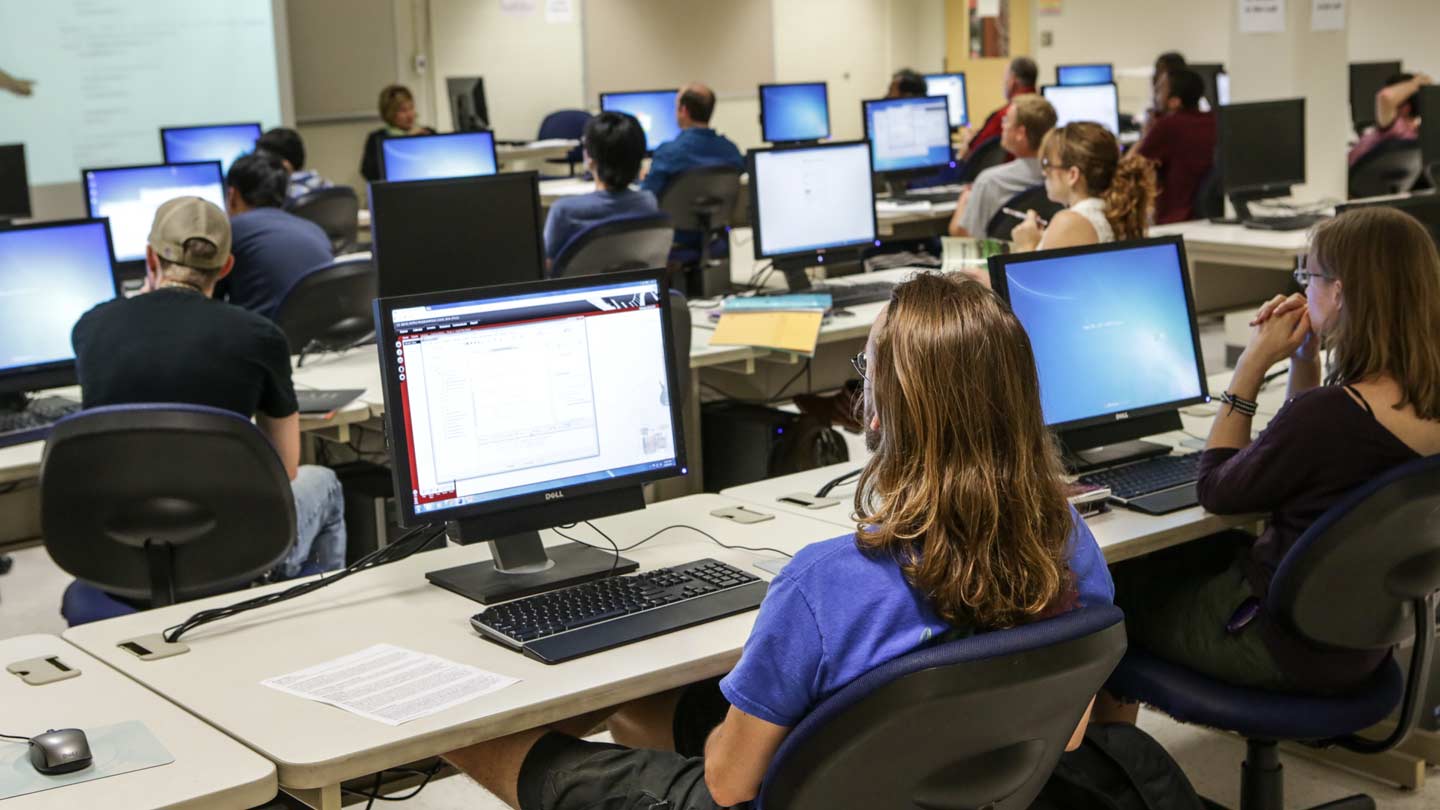
UAH researchers are developing virtualization architecture that can be used to build cybersecurity into systems used in the so-called Internet of Things and into large cloud-based systems.
Michael Mercier | UAH
A lightweight virtualization architecture that can be used to build cybersecurity into systems used in the so-called Internet of Things, such as automobiles and industrial control systems, and into large cloud-based systems is being developed by a research team at The University of Alabama in Huntsville (UAH).
Called Dielectric, the architecture will move the inclusion of cybersecurity features forward, into the design process of the product. The UAH team is funded by a one-year, $299,622 National Security Agency (NSA) grant.
The research team includes three faculty members from the UAH Electrical and Computer Engineering Department - Dr. David Coe, Dr. Jeffrey Kulick and Dr. Aleksandar Milenkovic - and two faculty members from the UAH Computer Science Department - Dr. Letha Etzkorn and Dr. Sun-il Kim. This team has previously collaborated on the development of a number of whitepaper and proposal submissions related to cybersecurity and embedded systems.
This research will leverage Dr. Kulick's and Dr. Coe's prior research on safety-critical systems, a domain where safety analysis must be infused throughout the system design and development process rather than layered on afterwards as security is currently practiced.
While finding flaws and repairing them will continue to be an important focus in cybersecurity research, this proposal focuses on an architectural approach to building security into the system at the outset.
"While finding flaws and repairing them will continue to be an important focus in cybersecurity research, this proposal focuses on an architectural approach to building security into the system at the outset," says Dr. Coe, the project's principal investigator. This research also builds upon Dr. Milenkovic's prior work in embedded systems, hardware-software co-design, and secure processing.
The team anticipates arrival of the funds on or about August 15, 2015, enabling it to hire two graduate student researchers at the beginning of the fall term and support them through the summer of 2016.
"With the Internet of Things, one expects various 'things' - that is, embedded systems - to connect to the cloud. We are examining security methodologies that can apply both at the embedded systems level and the cloud level," says Dr. Etzkorn. "I teach a new course on cloud computing, so Dr. Kim and I are working mainly on the cloud portion, whereas Dr. Coe, Dr. Kulick, and Dr. Milenkovic are working more on the embedded side."
Dr. Kim will also research how Dielectric can be used in automobiles, which are basically one more type of embedded system, as he had previous experience with automotive computer systems at the University of Alaska.
"We hope that this will be the first step in a major cybersecurity research initiative that will benefit students in both our departments and colleges," says Dr. Etzkorn. "We have already together submitted multiple additional proposals to government agencies to support other aspects of this research and we intend to continue this effort in searching for additional funds. We also feel that various research projects suitable for doctoral students and Master of Science thesis students will become available from this work."
The grant was awarded from a new NSA program, says Dr. Tommy Morris, founding director of UAH's new Center for Cybersecurity Research and Education.
"UAH is recognized as a NSA/DHS Center of Academic Excellence in Information Assurance (IA)/Cyber Defense (CD) and Research and this grant reinforces our status as one of a small number of universities which are leading the way forward in this field," Dr. Morris says. "Working with NSA puts UAH students and faculty right at the cutting edge of cybersecurity research. These types of research projects create new technologies and launch careers."
Cybersecurity is a multidisciplinary problem with research needs across many fields including computer science, engineering, social sciences and business, says Dr. Morris.
"This grant will leverage skills from two colleges," he says. "The students and faculty working on the project will learn from one another and hopefully develop better solutions because of that cross-pollination."
Dr. Coe, the principal investigator, says the team is hopeful that the effort "will serve as a catalyst for future collaborations within UAH and with industry partners."